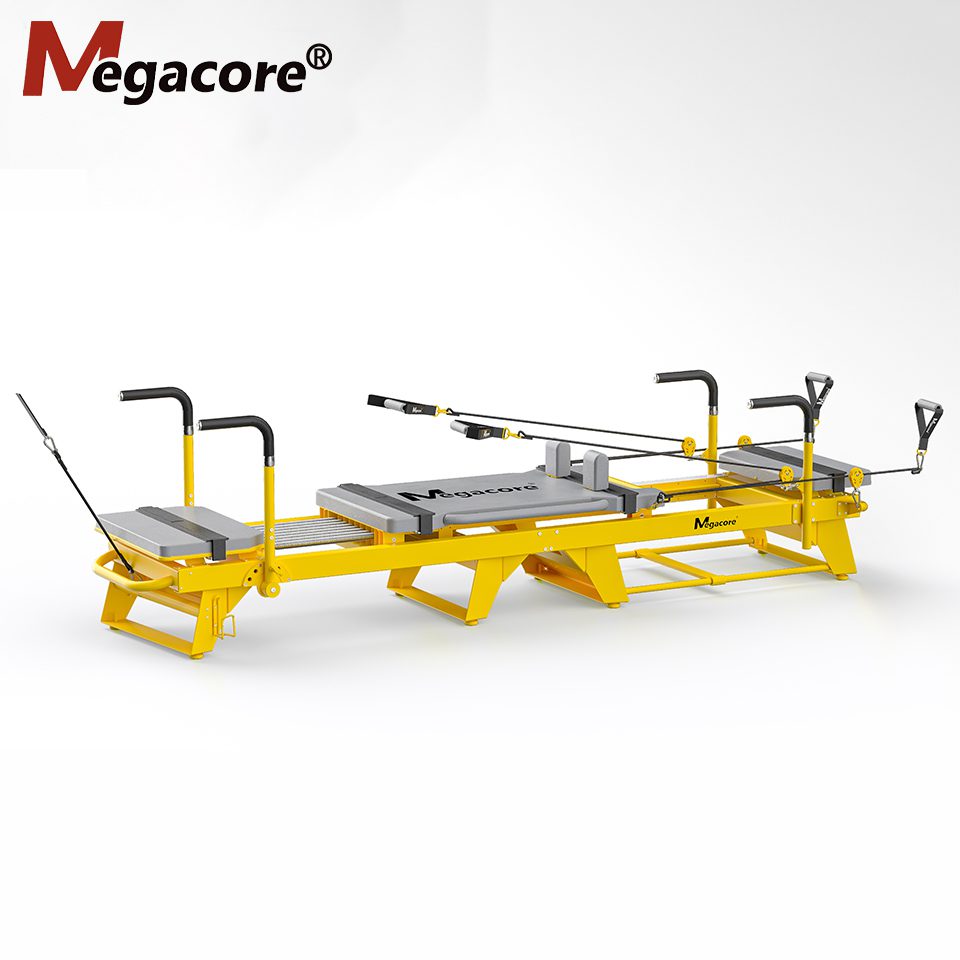Pilates, as a fitness and rehabilitation method, has undergone significant evolution from its inception. From its creation to its widespread adoption, Pilates has changed significantly over time. Today, Pilates is primarily divided into two schools: Classical Pilates and Modern Pilates. There are key differences between these two approaches, especially in terms of training methods, philosophies, and application directions.
In this article, we will explore the main differences between these two Pilates schools and discuss their varying effects on health, particularly based on relevant research about their benefits.
Classical Pilates: The Legacy of the Founder
Classical Pilates is based on the original philosophy and methods of Joseph Pilates, the founder of the Pilates system. Developed in the early 20th century, Pilates was initially designed to strengthen the body and improve flexibility and coordination through a series of precise movements. Classical Pilates emphasizes “holistic movement” and focuses on the integration of breathing and core muscle engagement, with minimal modifications or variations in exercises.
Characteristics of Classical Pilates:
- Strict Adherence to Classical Movements: Classical Pilates strictly follows the original teaching methods and movement sequences of Joseph Pilates. Every movement has a clear purpose and technical requirement, with an emphasis on precise execution.
- Use of Specific Equipment: Classical Pilates training typically relies on specialized equipment such as the Reformer, Wunda Chair, and Cadillac, which were designed by Joseph Pilates himself. Each movement and piece of equipment is used according to a set protocol to maximize the effectiveness of the exercises.
- Focus on Breathing and Precision: Classical Pilates places great emphasis on precise control of each movement and the correct breathing technique. Practitioners must fully control their body movements to ensure that each exercise is performed accurately.
Modern Pilates: Flexibility and Diversity
As Pilates evolved and spread, Modern Pilates emerged as a more flexible approach to the original system. Influenced by the fitness industry and sports science, Modern Pilates incorporates a broader range of training philosophies, making it more adaptable to the needs of different populations.
Characteristics of Modern Pilates:
- Innovation and Personalization: Modern Pilates allows for more flexibility in the exercises and concepts, tailoring the movements and equipment to meet individual needs. Compared to Classical Pilates, Modern Pilates embraces more variations and modifications to accommodate a wider audience, including patients with special needs or beginners.
- Diverse Use of Equipment and Styles: Modern Pilates not only uses traditional equipment like the Reformer but also introduces new tools such as balls, resistance bands, and even stability chairs. This allows for more creative and diverse training methods. Additionally, Modern Pilates emphasizes mat-based exercises (Mat Pilates), which allows for practice without the use of specialized equipment.
- Interdisciplinary Integration: Modern Pilates is more closely aligned with physical therapy and sports science, focusing on functional training and improving overall body fitness. It often combines Pilates with other fitness modalities such as yoga, strength training, and cardio to create a more comprehensive workout experience.
Key Differences Between Classical Pilates and Modern Pilates
- Training Philosophy and Methodology: Classical Pilates adheres strictly to the original teachings and movements of Joseph Pilates, focusing on precision and a rigid structure, while Modern Pilates is more flexible, allowing for adjustments and variations in exercises and equipment use according to individual needs.
- Movement and Equipment Usage: Classical Pilates relies heavily on specific equipment and original movements, while Modern Pilates introduces more diverse tools and allows for greater variation in the movements, making it more accessible to a broader audience.
- Target Population: Classical Pilates is generally suited for individuals with a higher level of physical fitness who can handle its strict methods, particularly those who appreciate the precision and tradition of the original system. Modern Pilates, on the other hand, caters to a broader range of people, including those with rehabilitation needs, beginners, and those seeking a more flexible approach to fitness.
Incorporating Research: The Impact of Classical and Modern Pilates on Health
According to a study titled “A comparison of Pilates and other exercise methods for health outcomes: A systematic review” published in the journal Sports Medicine, Modern Pilates, along with other exercise methods, demonstrates significant health benefits. The research suggests that Pilates, particularly Modern Pilates, has the potential to improve posture, enhance core strength, increase flexibility, and reduce chronic pain.
In terms of application for healthy populations, Modern Pilates shows great adaptability and effectiveness, especially in delaying the aging process, enhancing functional movement capabilities, and improving athletic performance. The study also highlights that Modern Pilates, by integrating different exercise elements, can more effectively help participants address a variety of health challenges.
결론
The differences between Classical Pilates and Modern Pilates lie in the training philosophy, the flexibility of the methods, and the ability to cater to different populations. Classical Pilates is more focused on precision and tradition, while Modern Pilates is more innovative and adaptable, incorporating contemporary fitness principles to meet a wider range of needs. Both approaches have their advantages and can cater to different training goals and groups.
For practitioners, choosing between Classical Pilates and Modern Pilates should depend on individual goals, physical conditions, and personal preferences for the Pilates experience. Those who seek a strict, traditional Pilates experience may prefer Classical Pilates, while those who desire a more flexible and creative workout, incorporating various fitness elements, may find Modern Pilates more suitable.
Regardless of the form, Pilates remains an effective and low-impact exercise method that can significantly improve physical health, enhance core strength, improve flexibility, and reduce the risk of injury, making it beneficial for a variety of populations.

